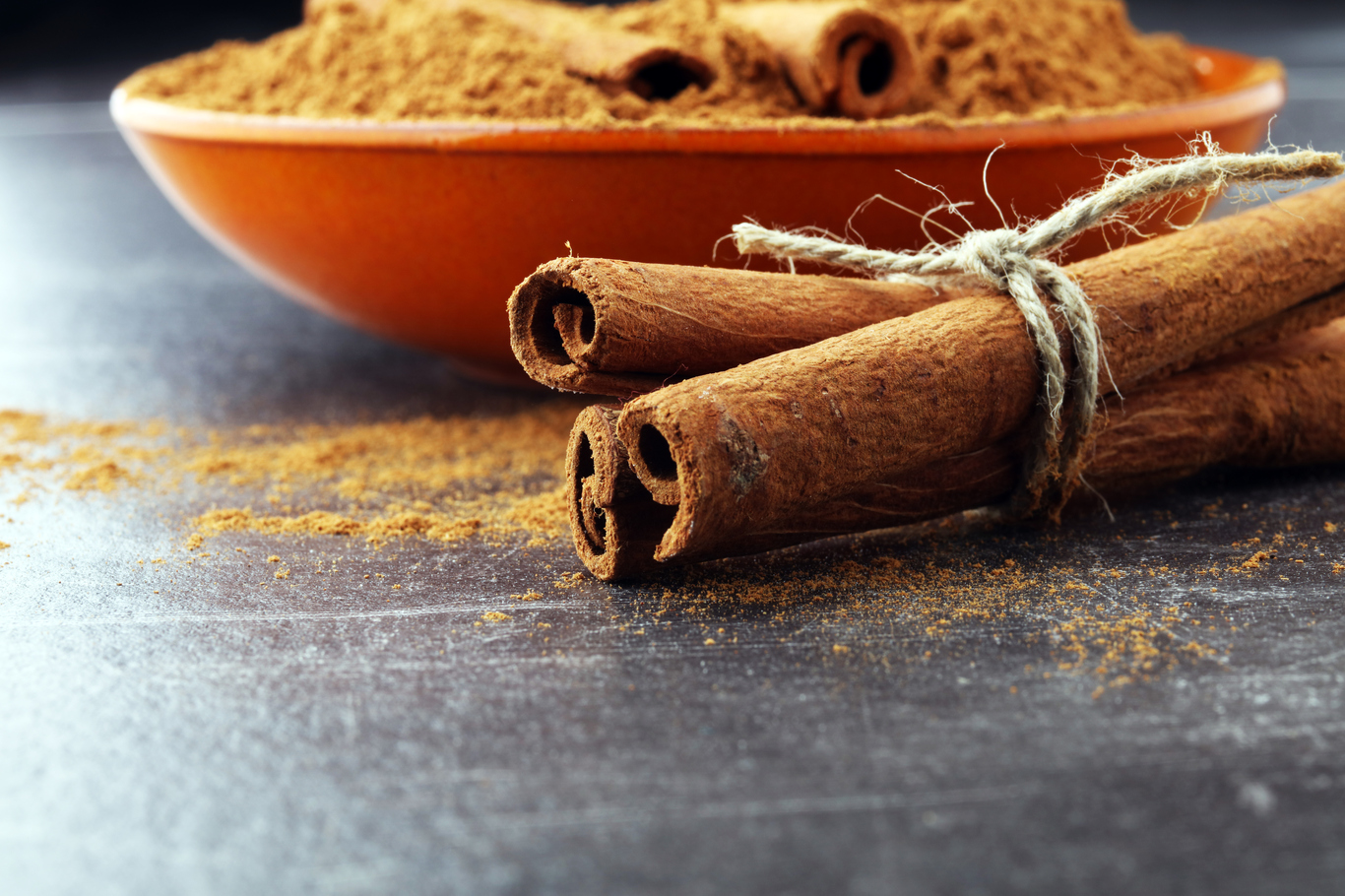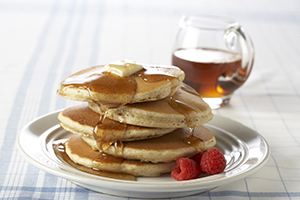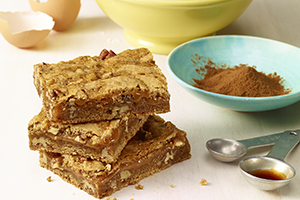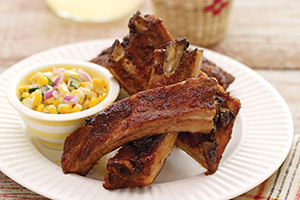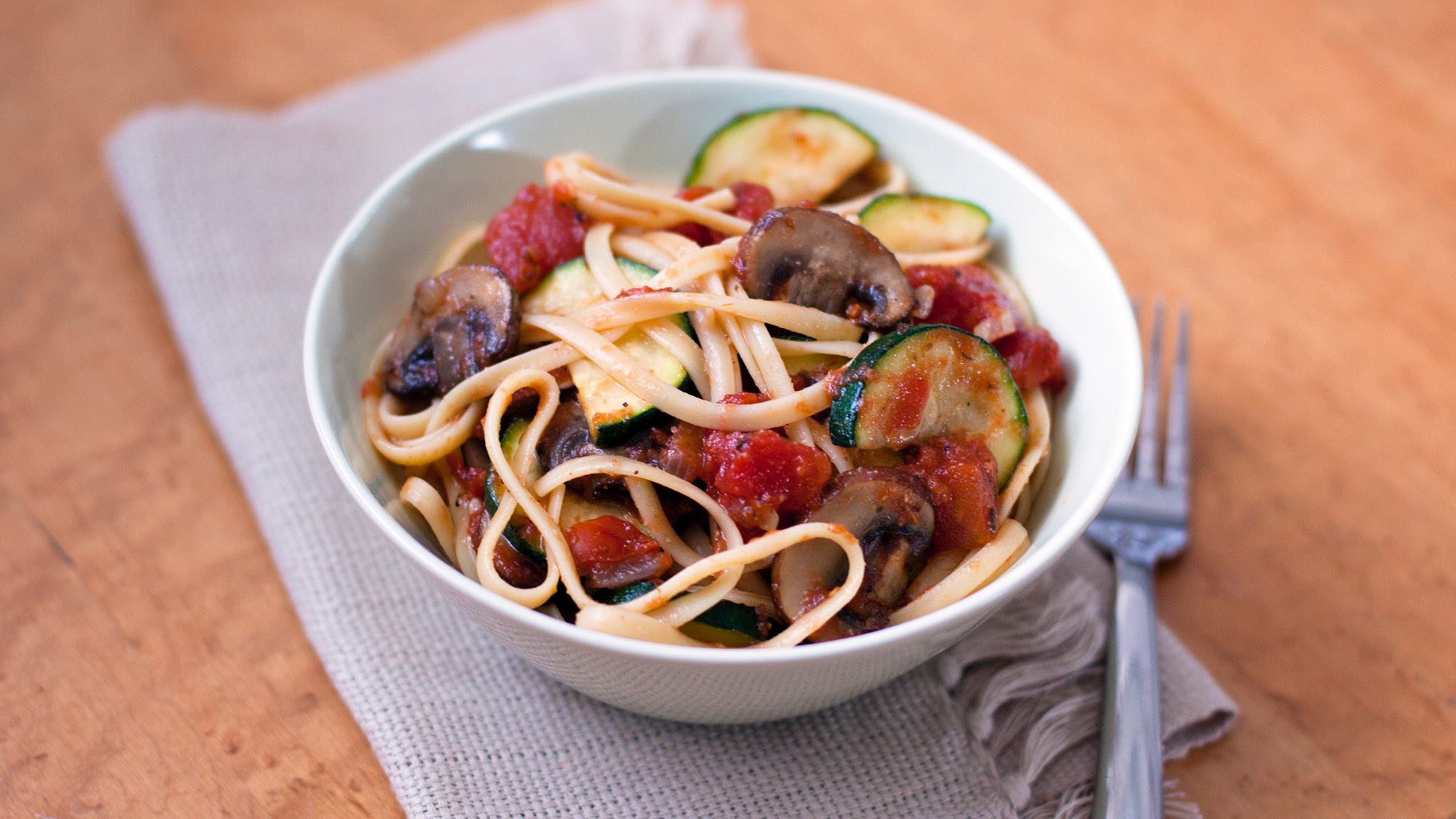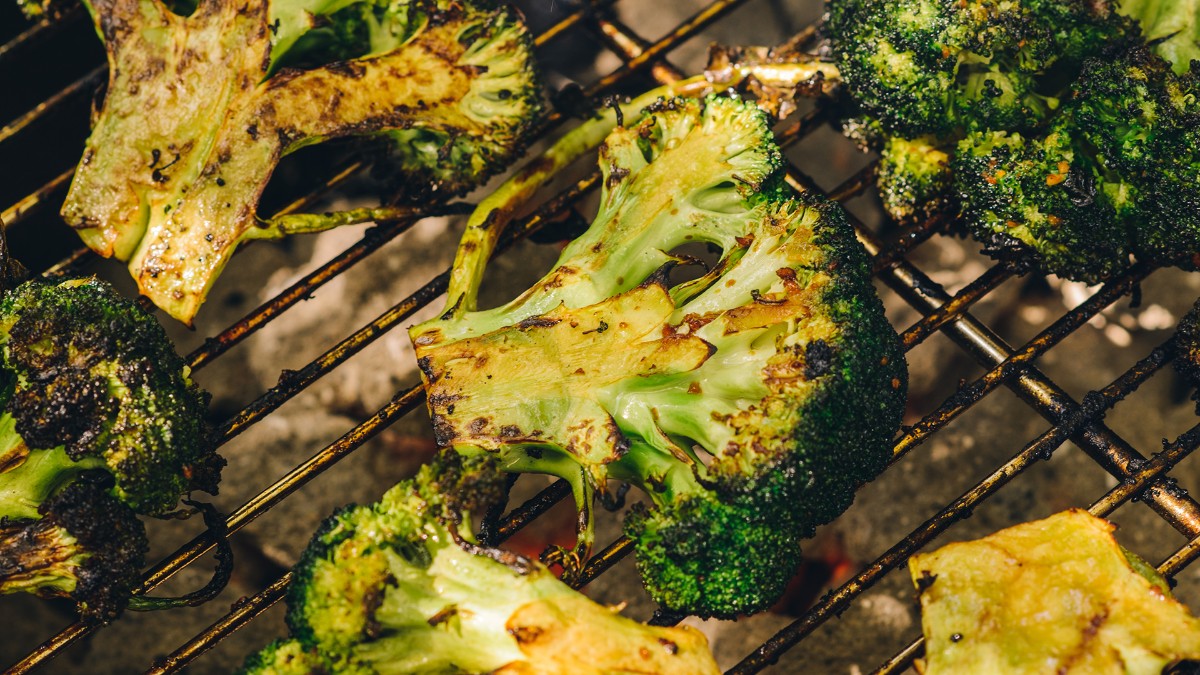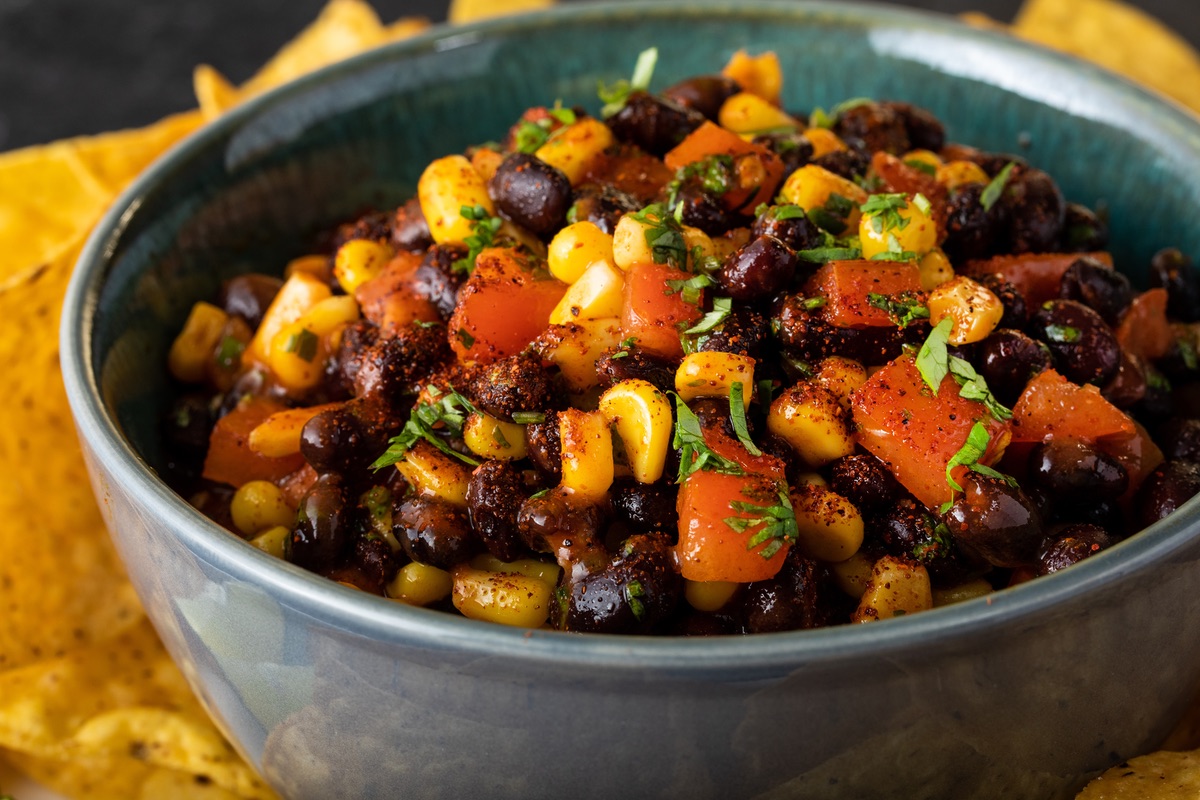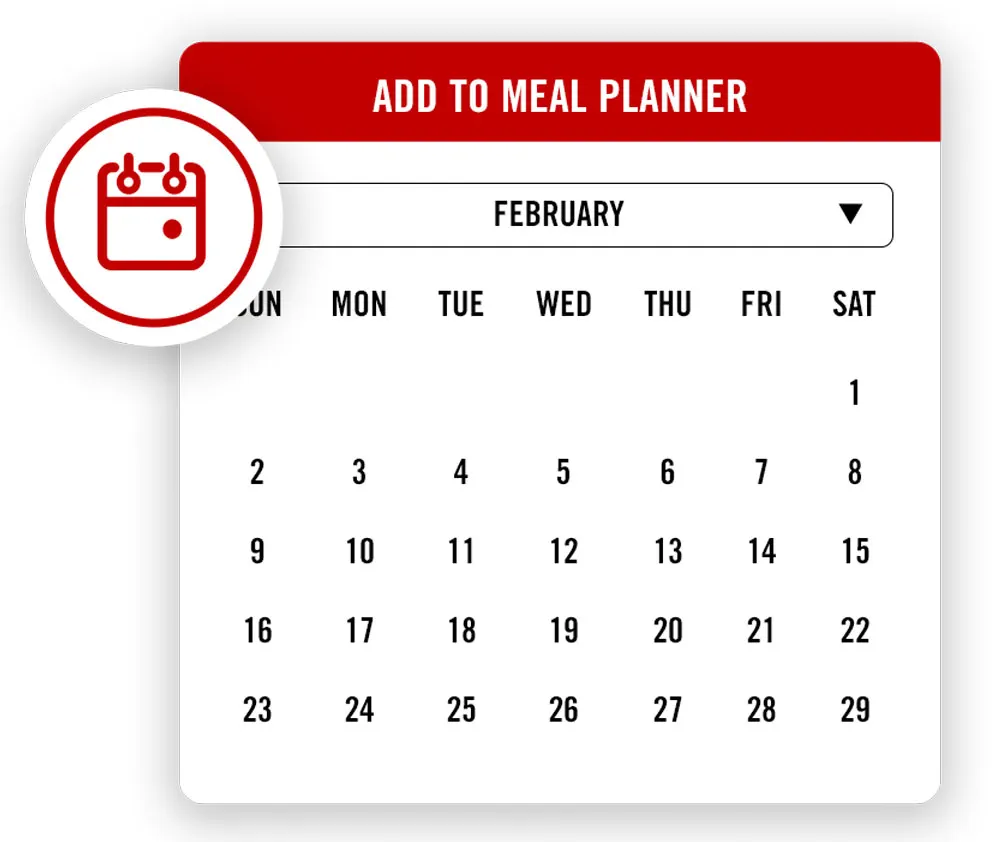Cinnamon is a much more versatile spice than you might think. Sure, it lends a warm, sweet aroma and sunny character to everything from morning toast and cinnamon rolls to spiced cookies. But this earthy, mahogany-colored spice also has a savory side. Middle Eastern lamb and chicken dishes wouldn’t be the same without its irresistible richness and heat. One of the world’s oldest spices, cinnamon is also one of the most popular—and for good reason! Sprinkle it on your morning cappuccino or use it to spice up your favorite chili recipes. We think your nose is the best guide to determining whether a bottle of cinnamon is fresh. It should smell warm, rich and sweet, like a cinnamon cookie just out of the oven.
Creative Uses
- It’s the perfect way to start the day! Cinnamon in oatmeal, blended with sugar and sprinkled onto buttered toast, in the egg batter for French toast, as flavoring for homemade granola … we think cinnamon makes every morning better!
- Any kind of baked good is a natural for our ground cinnamon. We like snickerdoodle cookies, cinnamon streusel muffins, old-fashioned spice cake and pecan pie.
- Cinnamon flavors the savory dishes of many cultures. European beef stew, Mexican chili, Middle Eastern braised lamb, Moroccan chicken and Indian curries all benefit from this warming spice.
- Don’t forget about beverages. What would mulled cider or wine be without cinnamon’s hint of sweetness? And how about hot chocolate with marshmallows or chai tea? We like dusting our morning coffee with ground cinnamon to deepen and intensify the flavors. You can also stir it into a cup of black pekoe tea.
Perfect Pairings
- Apples, peaches, pineapple, blueberries … our ground cinnamon brings out the natural sweetness of all kinds of fruits. Whether the fruit is sautéed in a bit of butter, whipped into a smoothie or baked into a pastry or pie, we find that cinnamon is a perfect mate.
- On the savory side, cinnamon pairs well with citrusy flavors like lemon and orange. Try baking a boneless chicken breast or pork chop with a sprinkle of cinnamon, a splash of orange juice, a pinch of thyme leaves and a touch of olive oil.
- Cinnamon has long been a mainstay spice in Middle Eastern cuisine. It pairs well with ingredients like almonds, raisins, cardamom and cloves. We like to add chunks of lamb or chicken for the makings of a satisfying stew.
Substitutes
Q: If I don’t have cinnamon on hand, what makes a good substitute?
A: Measure for measure, cinnamon is a relatively gentle member of the spice cupboard. More powerful spices like nutmeg, allspice and mace will work in many recipes, but we recommend using lesser quantities. Substituting 1/4 teaspoon of these ground spices for each teaspoon of cinnamon will lend flavor and warmth without overpowering other flavors.
History/Fun Facts
Cinnamon has a long and colorful history. Ancient civilizations called this dried tree bark “sweet wood” for its warm flavor and woodsy, sweet aroma. Ancient Egyptians used cinnamon as perfume. Traders during the Middle Ages and beyond added to its mystique. To protect their livelihoods as middlemen in the spice trade, they invented elaborate tales to hide their cinnamon’s sources from European customers. The mystery of its origins only added to cinnamon’s popularity among consumers, which continues to this day.
Recipes
Cayenne Cinnamon Ribs with Maple Glaze


